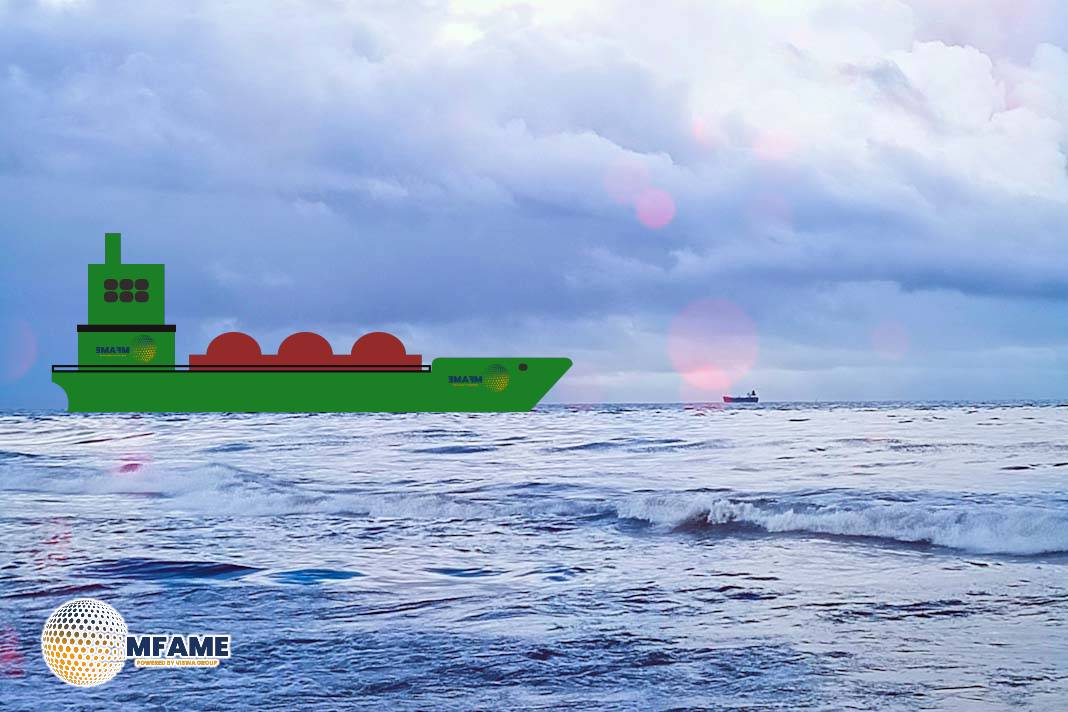IMCA has released its latest eCMID Vessel Inspection Findings and Quality Assurance Report, providing a detailed analysis of vessel inspection outcomes and key risk areas identified, reports Safety4sea.
According to IMCA, then looking at the 896 electronic Condition Monitoring and Inspection Database (eCMID) Vessel Inspection reports, it was found that 8% (73) of vessels had high risk findings. This is very concerning and must be an area of focus for all accredited vessel inspectors carrying out these vessel inspections.
Conditions of class and certification
From 896 eCMID vessel inspections, it is surprising to see that 156 vessels were not clear of Conditions of Class and any safety-related memoranda. Additionally, 84 vessels did not have their statutory and Class certification in date; 20 vessels did not have a valid International Safety Management (ISM) certificate. As part of compliance with the ISM Code 1.2 ‘Objectives’, section 1.2.3 ‘the safety management system should ensure: 1.2.3.1 – ‘Compliance with mandatory rules and regulations’ and 1.2.3.2 – ‘that applicable codes, guidelines and standards recommended by the Organisation, Administrations, classification societies and maritime industry organisations are taken into account’.
Confined space entry
There remains a concerning issue of control for entry into confined spaces. 8% or 75 of the vessels inspected did not adequately control enclosed space entry. This now flags up as a ‘high risk’ finding in the eCMID report. Disappointingly, this figure is only very marginally down from the 2024 report, which was 11% or 98 vessels. The safe management of confined space entry remains a significant issue within the shipping industry.
Other areas of concern identified in the inspection reports are as follows:
- High risk – 11% (98) of vessels did not have a valid certificate for their pilot ladder. Also, 10% (87) of vessels did not have records that showed the pilot ladder had been inspected before every use, in addition to inspections as per the ship’s planned maintenance system.
- High risk – 11% (94) of vessels did not have procedures for control stowage and handling of chemicals and flammable/combustible materials in place or being consistently applied.
- High risk – 7% (60) of vessels were not provided with their own safe means of access. SOLAS clearly states that ships of 30 meters or more are required to have a gangway or accommodation ladder as part of their safety equipment.
- High risk – 6% (57) of vessels did not have a lock out/tag out policy in place. While the IMO doesn’t have a single lock out/tag out policy, it strongly emphasises safety and provides the framework for vessels to implement effective energy control procedures, which are very similar to lock out/tag out. Most national regulatory bodies, such as the UKHSE, OSHA, require employers to control hazardous energy sources in the workplace, including lock out/tag out procedures.
- High risk – Even though a small percentage, 3% (30) of vessels did not have a permit to work system in use on board, which is of great concern.
High risk – It was noticed that 3% (25) of vessels did not have a formalised company system for recording work and rest hours. This is mandatory under the Maritime Labour Convention 2006. - 6% (56) of vessels did not have systems and procedures in place to ensure the proper housekeeping and cleanliness of the accommodation, galley and messroom. Additionally, 6% (51) of vessels did not carry sufficient medical supplies on board for the medical care of seafarers. Both are infringements of the Maritime Labour Convention; see Care on board Ship and Ashore and Regulation 3.1 – Accommodation and Recreational Facilities.
- Cybersecurity compliance remains high, although the number of cybersecurity findings has fallen slightly. However, this area still requires improvement, with 8% (75) of vessels not having formal cybersecurity incident response, disaster recovery, and business continuity plans in place. This is captured in the ISM Code 1.2.2.2 – ‘Assess all identified risks to its ships, personnel and the environment and establish appropriate safeguards’.
Other areas of concern, which are flagged as high-risk, were that 7% (61) of vessels had defects with their lifesaving appliances, and 5% (40) of vessels did not have all their fitted life rafts available for immediate use.
Firefighting appliances, which were identified as high-risk, showed that 7% (63) of vessels had insufficient firefighting equipment available for use and were not free from defects.
Pollution prevention and environmental compliance
Pollution prevention high-risk findings showed that 6% (57) of vessels had no arrangements to prevent spillages from entering the water. Additionally, 5% (44) of vessels had the bilge water separator (OWS) not in good working order. An item that was not identified as high-risk but still needed attention was that 8% (70) of vessels did not hold Shipboard Oil Pollution Emergency Plan (SOPEP) and/or Shipboard Marine Pollution Emergency Plan (SMPEP) drills at regular intervals.
Did you subscribe to our daily Newsletter?
It’s Free Click here to Subscribe!
Source: Safety4sea


















